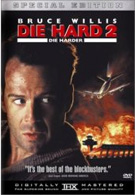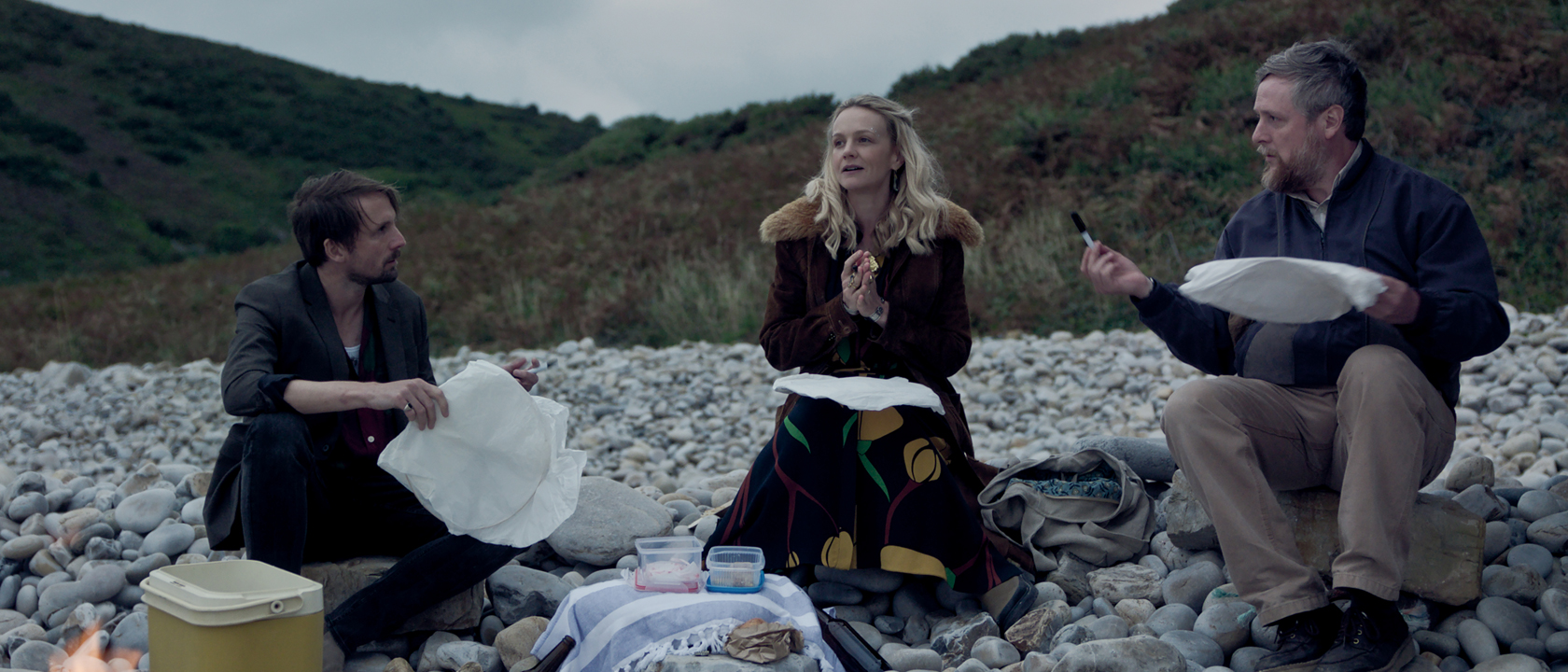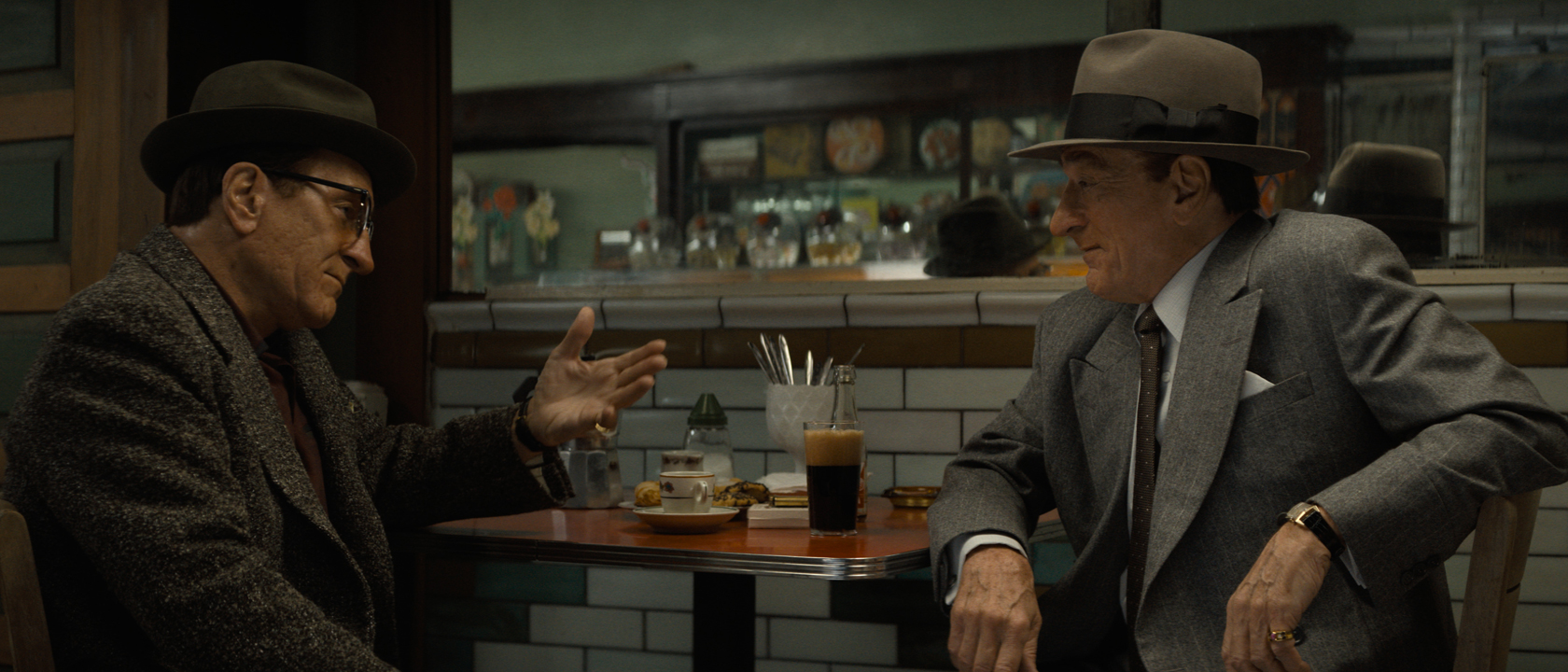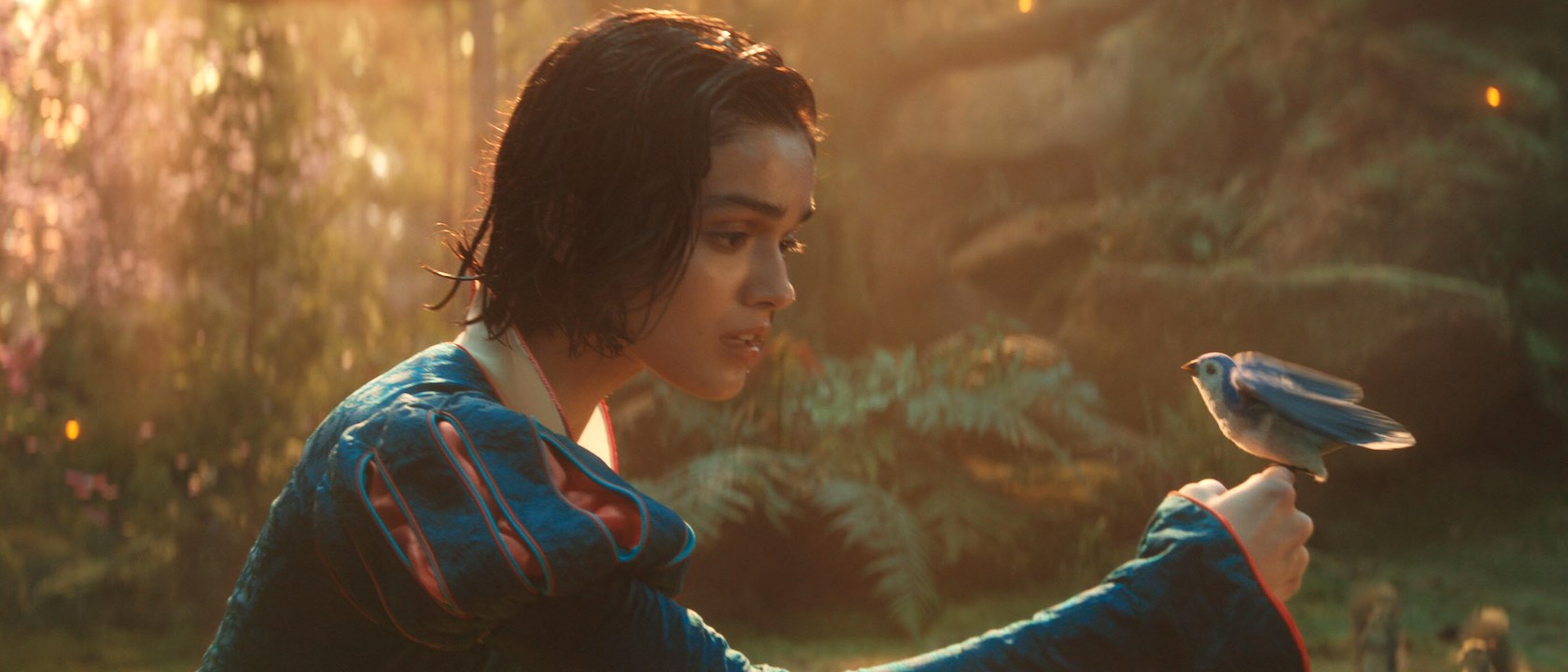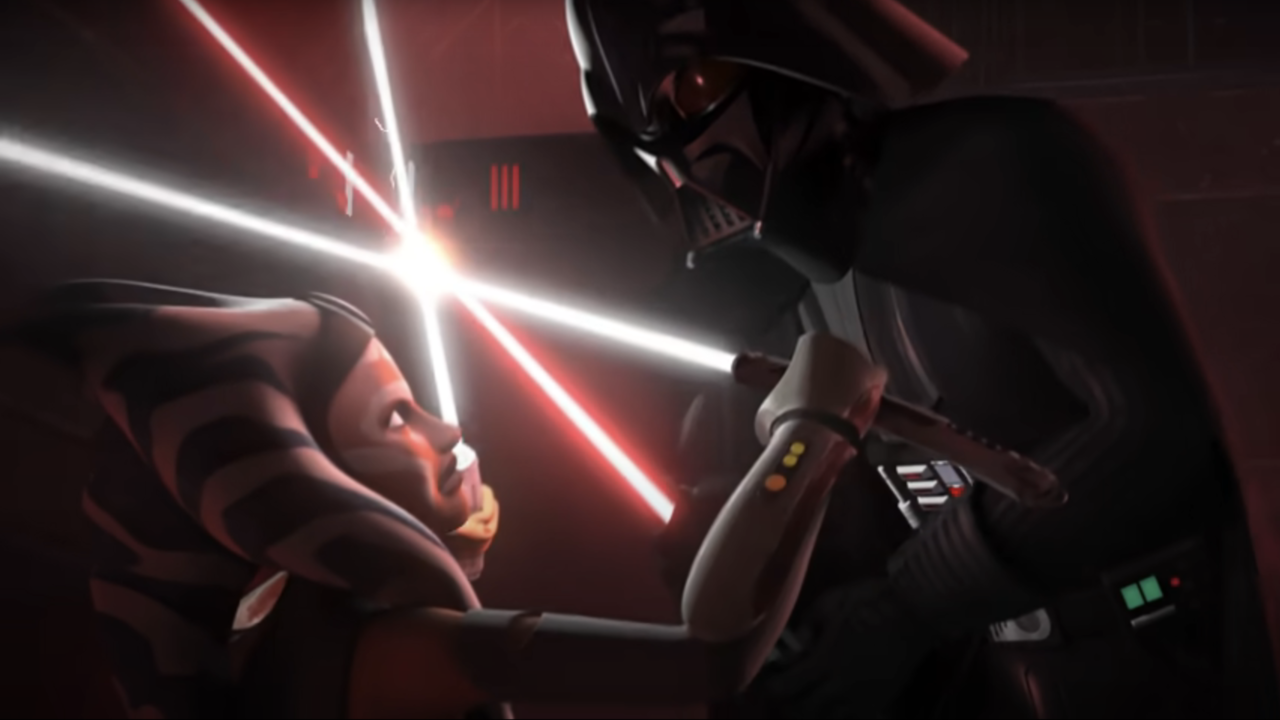“How can the same thing happen to the same guy twice?” asks a bewildered and ultra-ironic John McClane. Well, make a film as successful as Die Hard and you’ll soon find out. This time McClane is not at the Nakatomi Tower in LA but rather the snowbound Dulles Airport in Washington DC, a somewhat larger enclosed arena for his second round with a new group of well armed terrorists. Other than the locale, not much else has changed. It’s Christmas Eve again and McClane is just trying to pick up his wife, Holly (Bonnie Bedelia) when the old instincts kick in and he realizes that airport security is dropping the ball. William Sadler’s Colonel Stuart leads a gang of former black-ops, now mercenaries, who are demanding the release of imprisoned South American dictator General Esperanza (Franco Nero). Colonel Stuart’s men completely black out an airport runway leaving dozens of planes circling the night skies dangerously low on fuel. One of these just happens to be Holly McClane’s flight and since no one in authority has a clue, it’s up to McClane to once again save the day. Die Hard 2 or as I clearly remember it, Die Harder is no match for the original. It’s not even a match for the third part in the series. But it’s still an effective actioner from an era where every other film was described as “Die Hard in a ----” fill in the blank. This could be seen as one of them, “Die Hard in an Airport” and for all of its flaws it still delivers a well crafted action film with the same kind of irreverent tone as the original.
The key to this may be Steven E. de Souza who, along with Lethal Weapon’s Shane Black, was one of the big names in action screenwriting during the 1980s. In many ways he can be considered the real creative force behind the American action film genre of that decade, with credits such as the original Die Hard, 48 Hours , The Running Man, and that Schwarzenegger quote-bible, Commando. He returns here as co-screenwriter and has to immediately deal with the central problem with any sequel to Die Hard: “How can the same thing happen to the same guy twice?” Well, dramatically it’s terrible. Instead of fighting the problem, de Souza and Doug Richardson work it into the movie itself by making it somehow all about coincidence and making McClane himself aware of how absurd it all is.
This gives Bruce Willis the chance to play on his good natured but very sarcastic delivery. Willis is the closest thing we have today to the cinema of cool from the ‘60s and ‘70s. He’s a regular guy whose radar for criminal activity is just much higher than ours. Willis follows in the great tradition of guys like Lee Marvin and Steve McQueen in acting around the dialogue, playing with looks, with his physicality, and with a certain kind of disdain for the movie itself. This may not be the Royal Shakespeare Company, but it’s the basis of great movie acting.
The first film gave Willis some moments, but clearly the script was written to stand up no matter who was cast as McClane with a strong storyline, solid action sequences and an unforgettable villain. No one really knew if Willis was a movie star or not. But the sequel puts McClane center stage and Willis takes full advantage of it. This is a good thing since Colonel Stuart is no Hans Gruber. The lack of a strong villain is an element that definitely affects the sequel. Sadler is an entertaining actor but he has nothing much to do except bark orders. In many ways, his most memorable scene is his first, where he is inexplicably seen in his hotel room practicing martial arts in the nude like all crazy Special Forces guys do since Martin Sheen in Apocalypse Now - but he was drunk. The way director Renny Harlin shoots it here, however, is hysterical. With absurdly dramatic angles and the overly emphatic score, it ends with Stuart spinning around like 007, firing his remote control and clicking the TV off. Not very cool. In any case, it’s always a bad sign when your main villain is a nude martial artist armed with a remote.
There is a lengthy, tension building set up just like in the first film, but here it’s almost over an hour long before anything really gets going. This is partly because of a more complex situation in a larger space, but also because of a Grand Hotel-sized cast of characters that have to be rolled on and off. There seems to have been a decision made to make sure that, logically or not, all the major players still alive from the original film make an appearance here. So we get cameo-like “turns” from William Atherton reprising his trademark role as the tabloid journalist Dick Thornberg and Reginald VelJohnson as the doughnut popping detective Al Powell. Neither is very necessary to the plot but are brought on like props to remind you of this film’s connection to Die Hard. It’s almost like Chris Farley’s movie show host on Saturday Night Live who might’ve said, “Remember the way you ate those doughnuts in the first film? That was awesome.”
The film actually spends a great deal of time and effort in trying to echo events in the first film hoping that maybe some of it’s “awesomeness” would rub off. This is a bad idea that merely accentuates the sequel’s flaws. Problematically, the new elements do not gel either, with characters like airport police Captain Carmine Lorenzo(Dennis Franz cast bravely against type) creating more of an annoyance than tension as a guy who doesn’t believe McClane even when he sees he’s right. It’s fun to see old Spaghetti western and Enter the Ninja star Franco Nero as General Ramon Esperanza but the script gives him nothing to do. At least the writers add the sly touch of making him dictator of Valverde, the same fictitious Latin-American country de Souza established in Commando. Potential Republican Presidential candidate Fred Thompson shows up, too, as the head of the flight control tower who picked the wrong week to stop sniffing glue. Thompson is seen taking command of a disastrous situation and making decisions faster than George W. can read a book. He could use scenes from this film for his campaign ads.
The disastrous situation that McClane and the gang have to deal with is much more complex than the first film and in many ways this is more than the film can handle. It’s apparently adapted from an old pulp novel by Walter Wager called “58 Minutes” that someone must’ve had collecting dust on their shelves. Maybe the plot worked in the book but onscreen it’s a bit of a mess. There is a major plot hole in the film that you can literally fly a plane through. McClane is told that the plane his wife is on and cannot land has only 90 minutes of fuel. A plane that flies at speeds over 500mph has quite a few options besides merely hovering over a DC airport for 90 minutes. But this is merely mental garbage for logic Nazis. It’s a dumb action movie that supposed to be fun and it’s both dumb and fun.
Besides, the plot is the last thing we want from a Die Hard movie anyway. The enjoyment of these films is measured by how bruised and bloody Bruce Willis ends up. The more abuse he has to go through increases the cathartic pleasure of watching him turn the tables on the villains. This film still has him with one foot in reality, the other on the wing of a moving plane where he’s starting to become a super cop. The third film gets a little out of control with the CG effects, which seems to have swallowed up the trailer for the latest film Live Free or Die Hard as well. Hopefully that’s just trailer stuff because John McClane is at his best when he has to fight some tough villains in bloody hand to hand combat not tossing a computer generated helicopter like a grenade. Leave that to Spider-Man. This DVD was released way back in 2001 as part of a box set,The Die Hard Trilogy. It contains a decent set of extras, including deleted scenes, a “Villain’s Profile” featuring William Sadler doing his imitation of Renny Harlin’s Finnish accent and Harlin’s own director’s commentary.
The features and commentary do a good job of explaining why this was such a difficult film to make: chasing snow all over the country and stitching together a large number of locations to create continuity. Some of the airport interiors were shot in LA and Harlin admits in his commentary that, as a newcomer to the US, he didn't realize the goof involving the PAC BELL logos all over phones supposedly in DC. He thought the same provider covered the entire country. It's strange that no one else pointed this out to him or perhaps it's merely indicative of the kind of communication that breaks down on Hollywood sets. Harlin paints an honest picture of the production however, and the pressures to make a bigger Die Hard the second time out. This is the basic problem with sequels and with the Die Hard sequels in particular. What made the original stand out wasn't it's scope or spectacle but rather it's story and characters, particularly the relationship between McClane and Hans Gruber which was a match of wits not just of guns and fists. Larger fireballs can never replace dramatic confrontations.
Lucasfilm Animation's 20th Anniversary Panel At Star Wars Celebration Japan 2025 - Live Blog
Doctor Odyssey Set Up Potential Exits For Its Stars, And I Have Strong Feelings About What Phillipa Soo’s Avery Needs To Do
Matlock’s Season Finale Revealed The Welbrexa Culprit, But That Wasn’t The Only Shocker That Left Us Hanging
